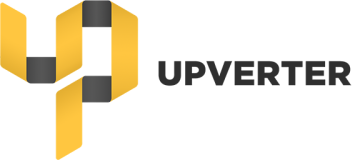About a month ago The Pirate Bay launched a section of their site called Physibles [blog] [gizmag] [physibles]. I’m amazed by how huge this is. And almost equally amazed by how little its been talked about. I didnt think I’d be one to have to tell you why this matters, but alas, it looks like I am. You’re welcome. Sorry it took me so long.
Collaboration and reuse are valueable
First and foremost. I want to let that sink it. Starting from scratch is painful and duplication of effort is ridiculous in the age of the internets. And the market is very, very good at removing inefficiencies. Look no further than Napster, released in 1999, 4 whole years before the iTunes store enabled access to media on the internet legally.
People are desperate to share
For a decade or so a small number of people have been sharing their designs for real things in impromptu message boards and phpBB forums. Its a horrible managomy of MS Paint drawn schematics, blinky text and scans of photocopies of pictures from (war era) text books. It’s beautiful in its agressiveness, and provocativly resourceful. But terrible for how hard and unapproachable it makes it all look.
The Pirate Bay is responding to a very real need: the ability to share. Even things as seemingly esotaric as the designs for real physical objects. They will be shared. They will be used. And their availibility and ubiquity will only increase. Someday soon the designs for the next smartphone, or assult rifle will be just as easy to find pirated as Microsoft Office is today. Which leads me to my closing point…
Open source hardware as a deterant
Not unlike what happend in software the companies responsible for building the multitude of real things that surround us will come to a crossroads. Is their offering and their value stored in their designs? Their cad files? Or is it somehow secondary. MySQL, RedHat and JBoss all built very large and successful businesses around a secondary value, all the while giving away most of their IP. As a product maker is it your ability to design the next great smart phone? Or your marketing, manufacturing, distribution and supply nextworks that really matter? Or maybe its doing it first? Or doing it at all?
If you need an example of a company built ontop of open source hardware you need look no further than the every-man’s 3D printer, the MakerBot. Since inception MakerBot Industries has opensourced the vast majority of their core IP. In otherwords you need not give them $1300 dollars and wait through months of backorders. You could buy all the parts in the design, assemble one from scratch, and even save yourself whatever margin MarkerBot would make from you. But their value somehow isnt in the design. Because despite being completely open source the vast majority of 3D printer owners own the product as produced by MakerBot.
Call to action
As you probably have already gathered I think this is a powerful and necessary step forward for the collaboration on and design of real things. I think in the months and years that follow this will be a blip on the radar. And it wont be long before its as common place to share models and designs as it is to steal music and movies.
About Upverter
Did I mention that Upverter makes it possible to share designs for real things. There are thousands of high fidellity, accessible anywhere, publicly shared and open sourced designs waiting to be forked, manufactured, and hacked on. If you’ve got a design, you should share it! Need a design, find it! Or just explore for some inspiration.

